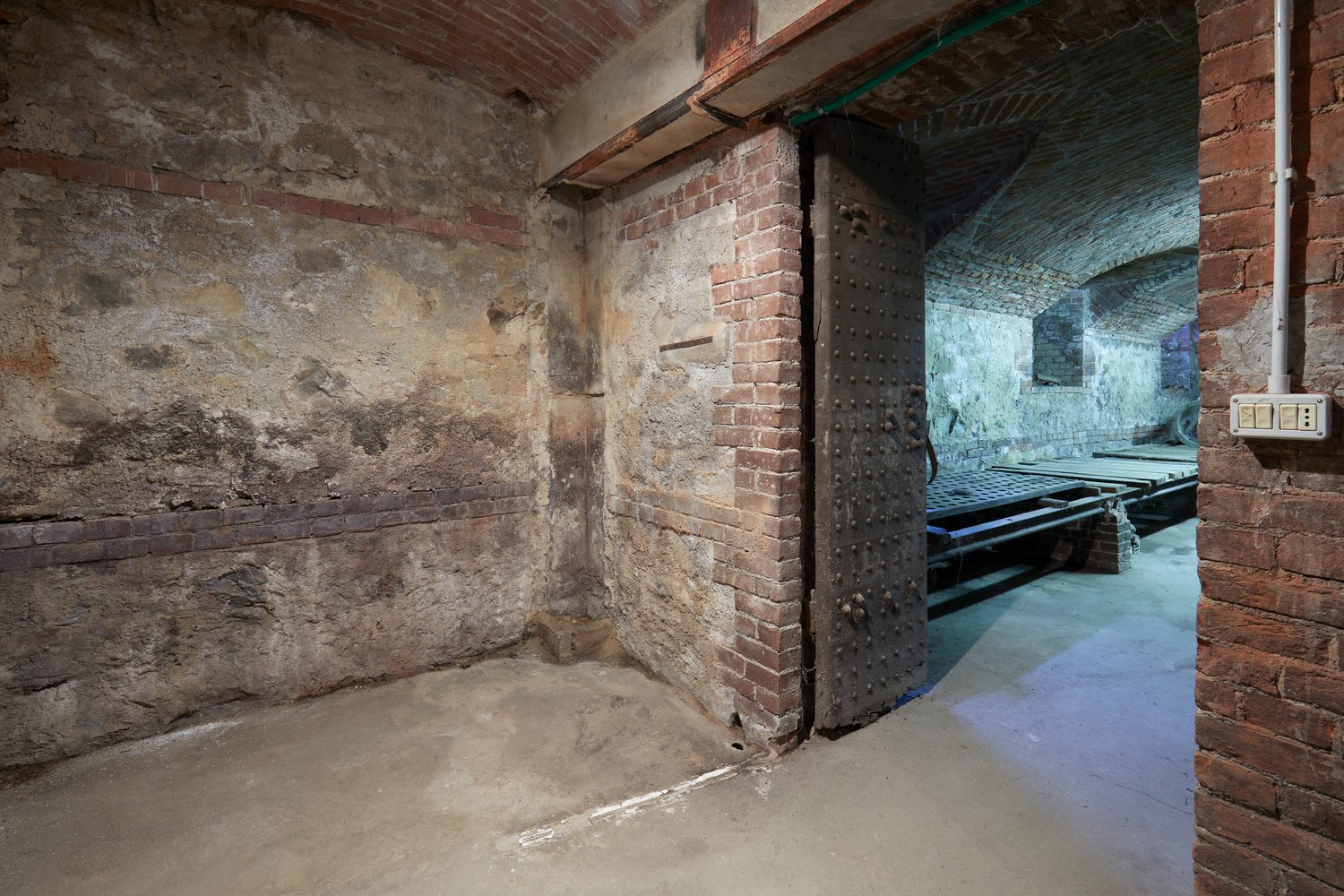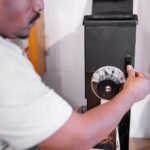Is the persistent dampness in your basement becoming a growing concern? You’re not alone. Many homeowners are faced with this problem, which not only poses structural risks but also threatens your health by encouraging mold growth. Let’s delve into the root causes of this issue and explore efficient solutions that can transform your basement into a dry and healthy space.
- Discover the most common reasons for persistent basement dampness, including poor drainage and foundation cracks.
- Learn how to identify subtle signs of moisture issues that are often overlooked, such as musty odors and wall staining.
- Explore practical waterproofing methods that can safeguard your basement, incorporating sealing techniques and drainage solutions.
By the end of this guide, you’ll be equipped with the knowledge to take charge of your basement’s condition, ensuring a mold-free and pleasant environment. Dive into the article to unlock these invaluable insights and more.
Identifying the Causes: Why is My Basement Always Damp?
Having a damp basement can lead to various unsettling problems, including mold growth and structural damage. Understanding the root causes is crucial for implementing effective solutions. One common factor contributing to basement dampness is poor drainage. Without proper water management around your home, rainwater can pool around the foundation, eventually finding its way inside.
Foundation cracks are another typical culprit. Over time, even small cracks in the foundation can allow moisture to seep in, exacerbating the damp conditions. Regular inspections and timely repairs can mitigate this issue.
Inadequate ventilation also plays a significant role in basement dampness. Without sufficient airflow, excess moisture cannot escape, leading to high humidity levels in your basement. Establishing effective ventilation systems can significantly improve air circulation and reduce dampness.
Additionally, natural landscape features such as sloping terrain toward the home might aggravate the problem. Similarly, ineffective gutter systems that direct water toward the foundation rather than away can also contribute to a consistently damp basement.
Recognizing Signs of Moisture Issues
To effectively address moisture problems in your basement, it’s essential to recognize the indicators of dampness. One of the most apparent signs is wall staining. If you notice discoloration or the appearance of watermarks on your basement walls, it’s likely that moisture is penetrating the space.
Another clear indicator is the presence of a musty odor. This distinctive smell often signals excessive moisture and potential mold growth. If your basement has a persistent musty smell, it’s a sign that moisture issues need addressing.
Other indicators include flaky or damaged paint, which suggests that water is interfering with surface treatments. Similarly, you might observe warped wood or rusted metal fixtures, further evidence of damp conditions.
Pay attention to the tactile feel of surfaces in your basement. If things frequently feel cooler or slightly wet to the touch, it’s a clue that moisture levels may be higher than they should be.
Practical Waterproofing Solutions to Prevent Mold Growth
A damp basement can be more than just a nuisance—it poses serious risks such as increased mold growth, which can affect the health of your household. To effectively waterproof your basement and prevent these issues, it is essential to implement certain strategies. Here, we explore actionable steps to achieve a moisture-free environment.
Sealing Techniques
One of the first lines of defense against basement dampness is applying proper sealing techniques. Begin by inspecting walls and floors for any visible cracks or gaps. Use quality waterproof sealants that are specifically designed for basement walls to ensure a comprehensive barrier against moisture ingress. Applying a strong, elastomeric sealant can cover and protect even hairline cracks, preventing water from seeping through.
Implement Proper Drainage Solutions
Ensuring effective drainage is fundamental in keeping your basement dry. Consider installing a sump pump as part of your drainage system, designed to direct water away from your foundation to a safe distance. Additionally, evaluate the condition of your gutter system. Cleaning and maintaining gutters regularly ensures they efficiently divert rainwater away from your home’s foundation, reducing the risk of basement water accumulation.
Utilize Dehumidifiers
Deploying dehumidifiers in your basement is a proven strategy to reduce overall moisture levels. These devices are effective in extracting excess humidity from the air, making your basement less hospitable to mold and mildew. Opt for dehumidifiers with an automatic humidity control feature that ensures optimal moisture levels are consistently maintained.
By incorporating these waterproofing solutions into your home maintenance routine, you can safeguard your basement from persistent dampness and the associated mold risks. If you experience persistent moisture issues, consider seeking professional advice to achieve a long-term solution customized to the unique conditions of your home.
Frequently Asked Questions about Basement Dampness and Waterproofing
What causes a basement to be damp?
Common causes include poor drainage, foundation cracks, and inadequate ventilation.
How can I tell if moisture is a problem in my basement?
Look for signs like wall staining, musty odors, and condensation on windows or walls.
What are some effective waterproofing solutions?
Solutions include sealing cracks, improving drainage systems, and using dehumidifiers.
Can dampness lead to mold growth?
Yes, persistent moisture provides an ideal environment for mold, which can affect air quality and health.
Should I seek professional help for waterproofing my basement?
Professional inspection can provide tailored solutions, ensuring long-term protection against dampness.





